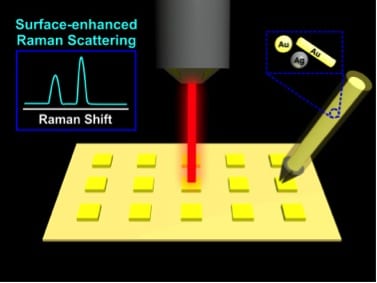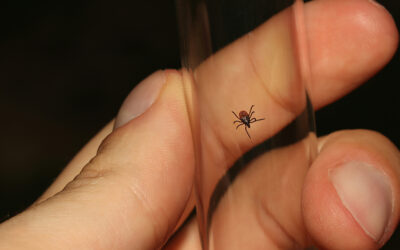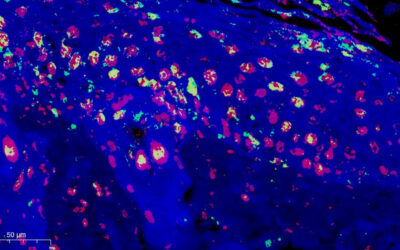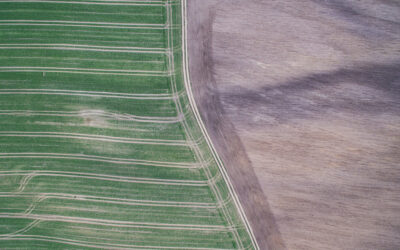“Zero-cost lab-on-paper technology” is an ideal platform for diagnosis and/or sensing in a rigorous environment and countries that are poorly resourced. It is low cost and does not need heavy investment in equipment, infrastructure, or personnel training. Current research on lab-on-paper focuses on diagnostics with built-in microfluidic channel-based devices, electrochemical sensor, 3D cell-cultures, enzyme-linked immunosorbent assays and so on.
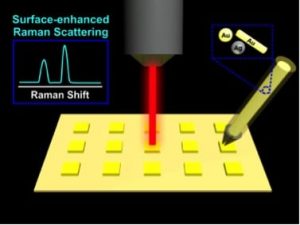 In a recent article, Polavarapu and Liz-Marzan et al. from the Bionanoplasmonics Laboratory, CIC BiomaGUNE, Spain combined the “lab-on-paper” technology with surface-enhanced Raman scattering (SERS) to provide label-free, ultrasensitive and powerful tool for the detection of specific fingerprint of molecules. They demonstrated a “pen-on-paper (POP)” approach as a general SERS sensing platform for point-of-care application.
In a recent article, Polavarapu and Liz-Marzan et al. from the Bionanoplasmonics Laboratory, CIC BiomaGUNE, Spain combined the “lab-on-paper” technology with surface-enhanced Raman scattering (SERS) to provide label-free, ultrasensitive and powerful tool for the detection of specific fingerprint of molecules. They demonstrated a “pen-on-paper (POP)” approach as a general SERS sensing platform for point-of-care application.
The concept is simple – arbitrary SERS-active Au and Ag nanoparticles were first loaded into the reservoir of any fountain pen, and were written (and deposited) onto photocopy paper with slight hydrophobicity. The results are SERS paper arrays coated with densely packed nanoparticles. The minimum dimension of the SERS array is dependent on the nib dimension of the fountain pen. In their case, a minimum spot size of 125 mm has been achieved. Using 0.2 mL of 3 mg/mL nanoparticle ink, 15 X 15 SERS arrays, with a total surface area of 0.9 cm2, have been prepared.
Conventional SERS platforms generally involve various fabrication, lithography techniques, and/or bottom-up self-assembly methods. These SERS platform require technical expertise and skills. This new research, in contrast, demonstrate an ingenious way of preparing SERS arrays which can be done by the general public without any professional expertise. In addition, the platform is stable and reproducible that can be prepared at the point-of-care without pre-fabrication.
It is also a generic method. Nanoparticles of different morphology, including Au nanospheres, Au nanorods, and Ag nanospheres, have been demonstrated to show uniform and significant sensing capability of the SERS papers over three laser excitations, i.e. 532, 633 and 785 nm. Using a sample volume of 10 mL, the Ag nanosphere-based SERS paper is able to detect 10-12 M of rhodamine 6G dye molecules, and 20 ppb of thiobendazole.
Such simple and cost-effective systems represent a step towards universal diagnostic and sensing arrays with excellent detection limits. The immediate challenge is to study the incorporation such “DIY” SERS platforms with low-cost smart-phone-based add-on molecular spectrometers. Perhaps, the era of having a point-of-care hand-held sensor that allows everyone to detect food and/or environment contaminants anytime and anywhere will become realistic soon!

